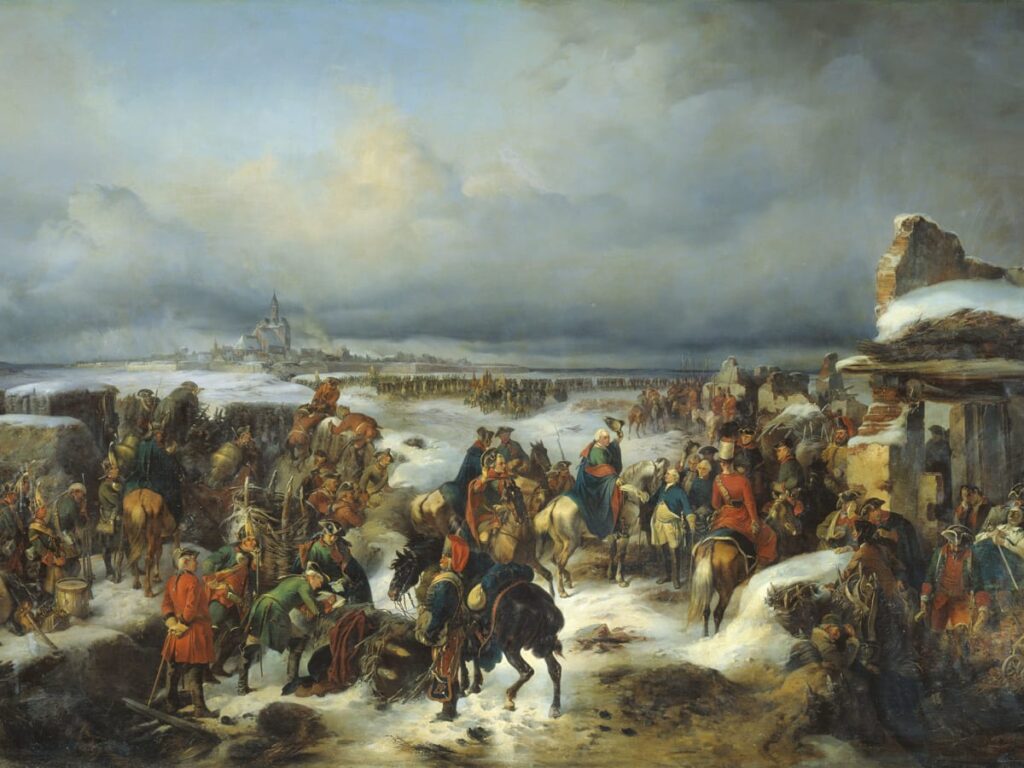HOA Management in James Island, SC
William Douglas Property Management offers HOA Management and Association Management services in James Island SC
The Town of James Island, S.C.
James Island is a municipality located in Charleston County, South Carolina. It is situated on the central and southern parts of the actual “James Island,” which borders the Charleston Harbor entrance. James Island has a town municipal charter. The annual climate of James Island is considered moderate.
The Early History of James Island and the Surrounding Area to Around 1730
Native Americans have inhabited the confluence of the Ashley, Cooper, and Wando rivers for over 10,000 years, as evidenced by archeological discoveries. The Native Americans who inhabited the James Island area are believed to have been tribes of wandering hunter-gatherers. Hunter-gatherers are a culture that obtains food by hunting, fishing, and foraging rather than by cultivating crops or raising animals. They probably lived in temporary shelters of animal hides. Native American lore and archaeological discoveries supported by linguistic research reveal that the early Native American inhabitants of the southern United States originally migrated from the Mississippi and Ohio river valleys.
Archeological findings of early Native Americans on James Island include shell rings. Shell rings are archeological sites discovered on James Island made up of oyster shells, fish bones, other animal shells, and broken bits of pottery. In layman’s terms, these shell rings are the indestructible trash left behind by the early Native Americans.
The first Native Americans to be documented by Europeans on James Island were the Stono Indians and the Bohicket Indians. The Stono Indians were encountered by Spanish explorers in 1609. Robert Sanford, the English explorer, recorded in 1666 the Native Americans were living by Bohicket Creek, presumably the Bohicket Indians. By the time of European discovery, the Native Americans living on James Island and Johns Island had transitioned from strictly wandering hunter-gatherers to a more agrarian-based culture who subsidized their diet with fishing and hunting.
The Stono Indians initially had good relations with the early settlers of European descent to the Charles Town area. Reportedly, serious problems occurred when the Stono Indians began hunting and killing the settler’s domesticated livestock. The Stono, not understanding the settler’s domestication of animals, led to settlers killing a number of Stono Indians.
In retaliation for these killings, the Stono Indians and the Kussoe Indians mounted attacks against the colonist in 1674. Ultimately, both tribes were defeated. Many Indians captured during the conflict were sold into slavery in the West Indies. The Stono and other tribes in the area in 1684 relinquished their lands to the Lord’s Proprietors. The remaining Stono Indians were resettled on Stono Island, present-day Seabrook Island, by 1695. The last documented mention of the Stono Indians was the South Carolina General Assembly 1707 Act for Regulating the Indian Trade. Another 1707 act by the South Carolina General Assembly establishing lookout points along the South Carolina coast states the “Bohicott Indians” were to maintain a lookout on Jones Island is the last documented mention of the Bohicket Indians.
European Colonization
While there is little documentation, the Spanish were reportedly the first to encounter the Stono Indians on James Island in 1609. Charles Town, in 1670, north up the Ashley River, was the first successful permanent settlement in South Carolina. The Council of the Province in December 1671 set forth that a town be established on James Island, that this town would be designated and established as a “colony” of 12,000 acres and be named James Town in honor of James, Duke of York, who was the brother and heir of Charles II.
Settlers to James Town received land grants of half-acre town lots and drew for lots of ten-acre “planting lots” adjoining the town. However, some fortunate colonizers obtained land grants for much larger tracts for plantations on New Town Creek. James Town was reportedly settled by New Yorkers of English extraction. James Town endured only briefly for whatever reason and is not found in period records beyond 1686.
James Island had sporadic settlements situated mainly along navigable waterways by the mid-1670s. Plantations are depicted on maps along the Stono River on maps of 1695 and 1711. The 1695 map has James Island noted as “Boone’s Island.” The designation “James Island” came into common use and was used on public documents as early as 1693.
The Franco-Spanish Invasion of 1706
James Island has the distinction of being one of the few places in the future continental United States to be invaded by a foreign power. During the War of the Spanish Succession, when England disputed the inheritance of the Spanish throne by Philip of Anjou, the grandson of Louis XIV of France, a combined Franco-Spanish force landed on James Island in 1706. A French fleet carrying Spanish soldiers and Native American warriors set sail from St. Augustine, Florida, to seize Charles Town.

The French ships entered the Charles Town Harbor on August 24, 1706. Sending out small boats to gauge water levels for the ship’s draft, one boat with Spanish soldiers landed on James Island and immediately burned a plantation. On August 29, 1706, around forty soldiers landed from the French ships on James Island laid waste to the countryside.
Captain Jonathan Drake of James Island, commanding a boat, set out from Charles Town to attack the French and Spanish who occupied James Island. His force comprised of sixty colonists and twenty Indian allies. Under fire, the French and Spanish withdrew to their ships. Hampered by the fortifications of Charles Town and dogged by a quickly organized fleet by Lt. Col. William Rhett, the Franco-Spanish fleet left on August 31, 1706.
In response to this attempted invasion by the French and Spanish, Fort Johnson was constructed at Windmill Point on James Island to guard the entrance to Charles Town Harbor. Construction of the fort began in 1708 and was completed in 1709. It was called Fort Johns or Johnson’s Fort, in honor of Sir Nathaniel Johnson, the Governor of the Province of Carolina from 1703 to 1709.
A hurricane destroyed the fort in 1729. A second fort constructed of tabby was constructed in 1759. Tabby is a material that is a mixture of equal parts lime, water, sand, oyster shells, and ash that makes a mortar. The mortar or tabby was then used to form the walls of the fort. Fort Johnson is a South Carolina state-owned historic site that was listed on the National Register of Historic Places in 1972.
There is a brick powder magazine still standing on the site that may have been constructed in 1765, but some historians contend it was constructed during the War of 1812. In 1766. Fort Johnson had at least fifteen cannons in place when they were used to fire a salute for Lord Charles Greville Montagu, who was arriving to take his new post as royal governor.
Need Association Management?
Contact Us
How to Start
The Process of Working With Us


REQUEST A PROPOSAL
Request a proposal online or call us directly.


WE WILL REVIEW YOUR CASE
Our team of highly trained professionals will review your case.


RECEIVE A CUSTOM TAILORED PLAN
We will create a customized management plan for your community.


SEAMLESS TRANSITION
We will implement a seamless management transition and integrate our tech.


SIT BACK & RELAX
Enjoy better, affordable and a more reliable, hassle-free management system.




